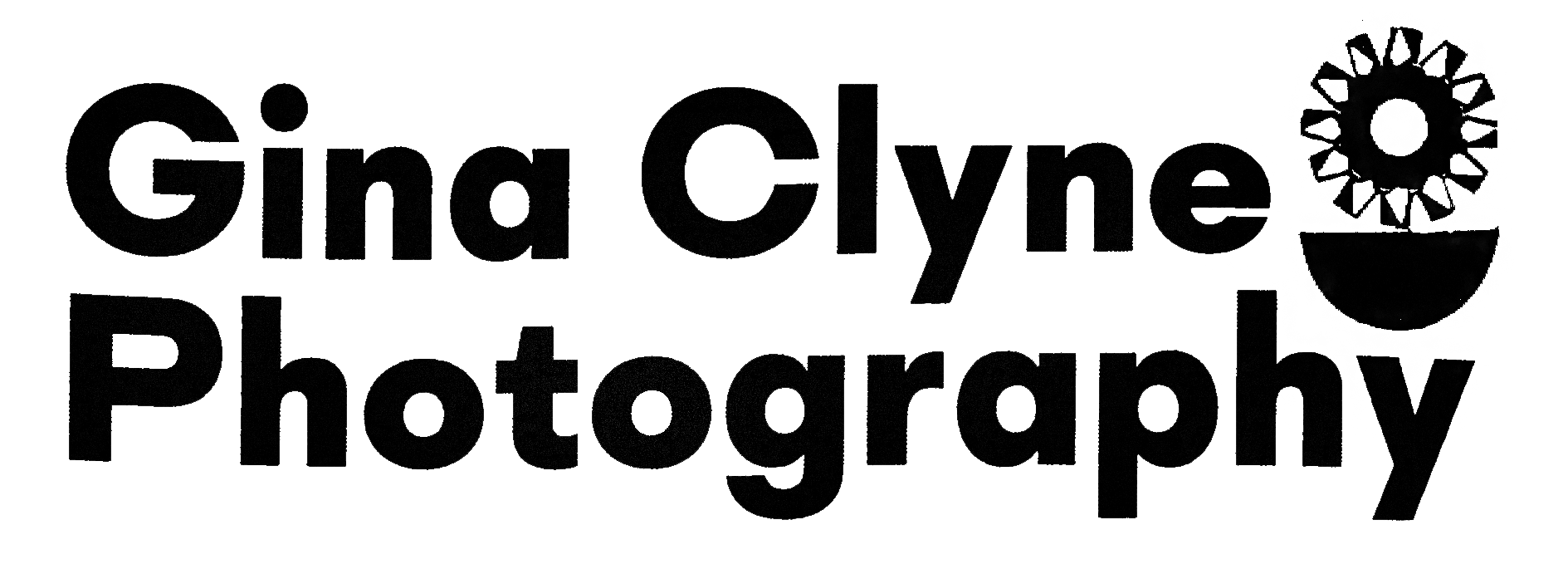Wednesday Ephemera #6: A Panoramic Group Photo (1950)
A panoramic group photograph of The Pacific Telephone & Telegraph Company Repair Department, Glendale, California (January 1950).
Hello my friends, welcome to the sixth installment of Wednesday Ephemera!
What is “Wednesday Ephemera” you ask? Well, it is a Show and Tell of sorts, a place where I share pieces from my collection of paper ephemera.
Today I want to share with you a panoramic group photo that I purchased at the Vintage Paper Fair a couple weeks back. This group photo is of The Pacific Telephone & Telegraph Company Repair Department of Glendale, California in January 1950. In this photograph you see two rows of gentlemen as they pose for their formal portrait, one row standing and one row sitting.
The actual photograph measures a little under 20″ long. You might wonder about the history of panoramic photography and how they achieved this kind of photograph in an analog age. My mind always wanders there, so here’s a little background to give a bit of perspective.
Above image: An 1851 panoramic showing San Francisco from Fincon Hill by photographer Martin Behrmanx. It is believed that the panorama initially had eleven plates, but the original daguerreotypes no longer exist.
The History of Panoramic Photography
The desire to show overviews of landscapes, cities, and historical scenes gave rise to panoramic photographs early in the history of photography. The first panoramas, in the 1840s through late 1800s, were created by placing two or more daguerreotype plates side by side. The lines between plates are still visible on many of these photographs.
By the end of the 1800s, special cameras were manufactured for taking panoramic photographs. These worked by either the lens or both the lens and the film actually rotating while the camera stood on a tripod. Some could produce full 360-degree photographs.
By 1900 mass-produced panoramic cameras were available. Al-Vista, Eastman Kodak, and Conley offered panoramic cameras for the amateur photographer. These made small panoramas about twelve inches long with a nearly 180-degree view. Meanwhile, commercial photographers used the Cirkut camera, patented in 1904, which used large format film and could capture 360-degree views up to 20 feet long.
Some photographers went to great lengths to capture their images. For example, George Lawrence specialized in aerial views, climbing high towers and even shooting pictures from flimsy cages suspended from balloons to photograph cities. Finally he invented a method using a camera suspended from kites! He also developed a flash powder for indoor banquet photography in the days before electric lights. Flash powder in as many as 350 locations would be simultaneously exploded by a single charge. When viewing these antique images, remember the ingenuity that went into creating them!
My favorite part of this photograph is the handwritten text at the bottom that lists the last names of the men pictured. You’ll find names such as “Foster”, “Barton”, “Burns”, and “Lux”. I am content to accept that this sort of shorthand way of referring to each other by their last names was completely sufficient to them at the time. If I let myself sit and daydream for a bit, I can almost imagine the tone of their voices as Burns and Foster jovially call out to each other in passing.
Lastly, when I flipped over this worn print, I noticed the name “Viggars” handwritten on the back. I thought you may be interested in getting a closer look at this Viggars fella, seeing that he is pictured on the front and this is his copy of the group photo we’re gawking at. Look for him in the top row, standing third from the left. Thank you Viggars, for letting me hold onto a piece of your past. I’ll be sure to keep it safe for a little while.
That’s all I’ve got, so until the next Wednesday Ephemera, take care my friends!





